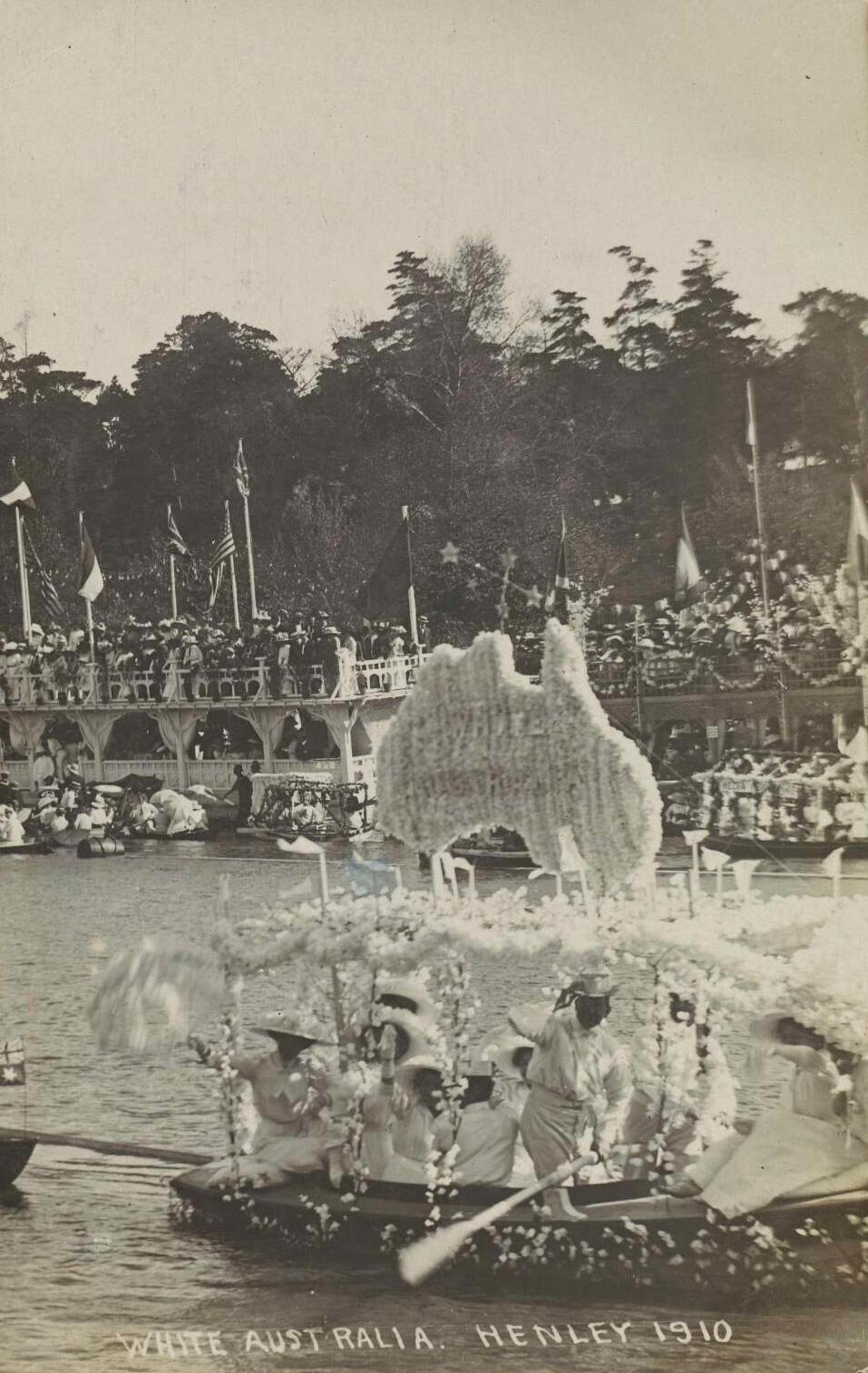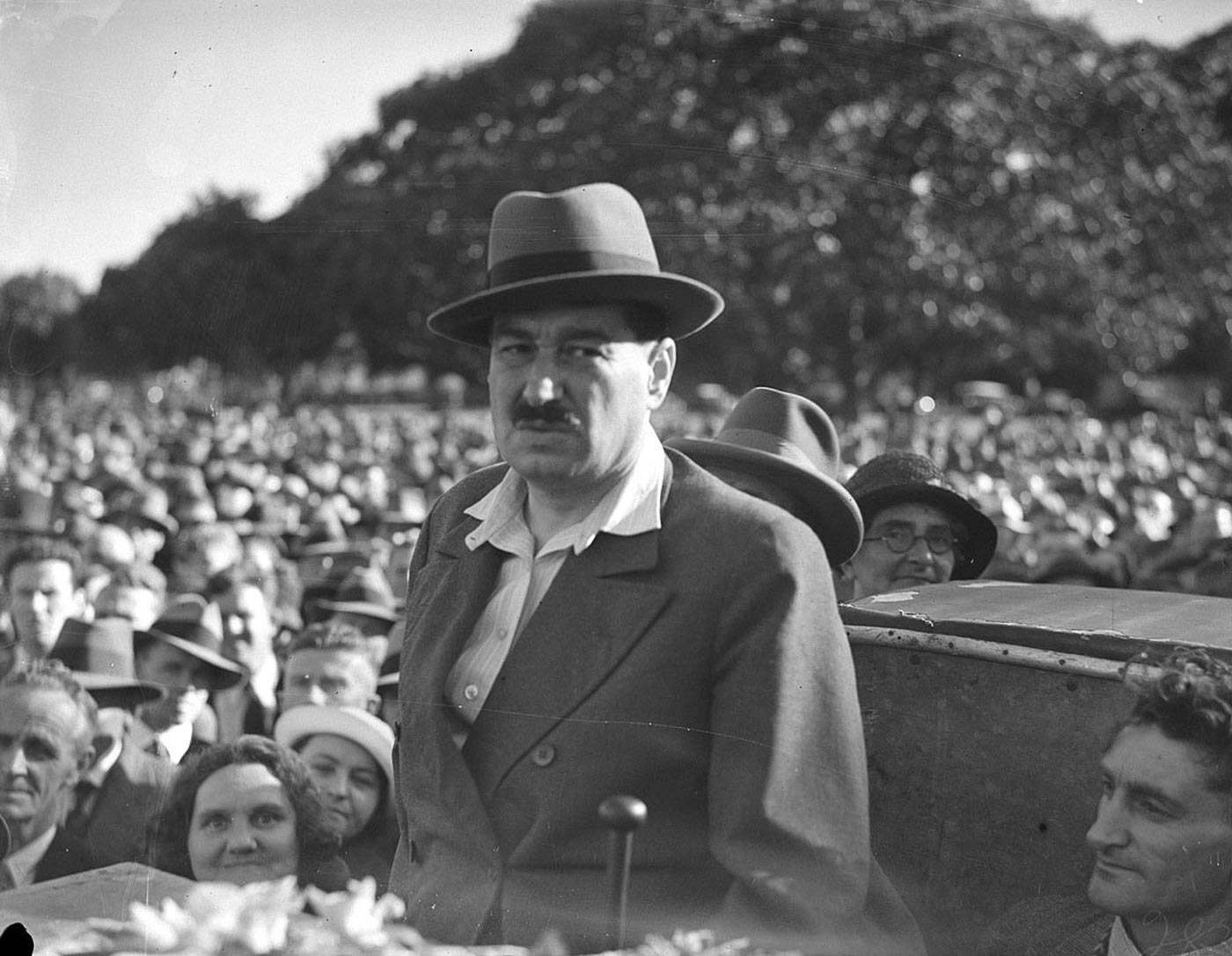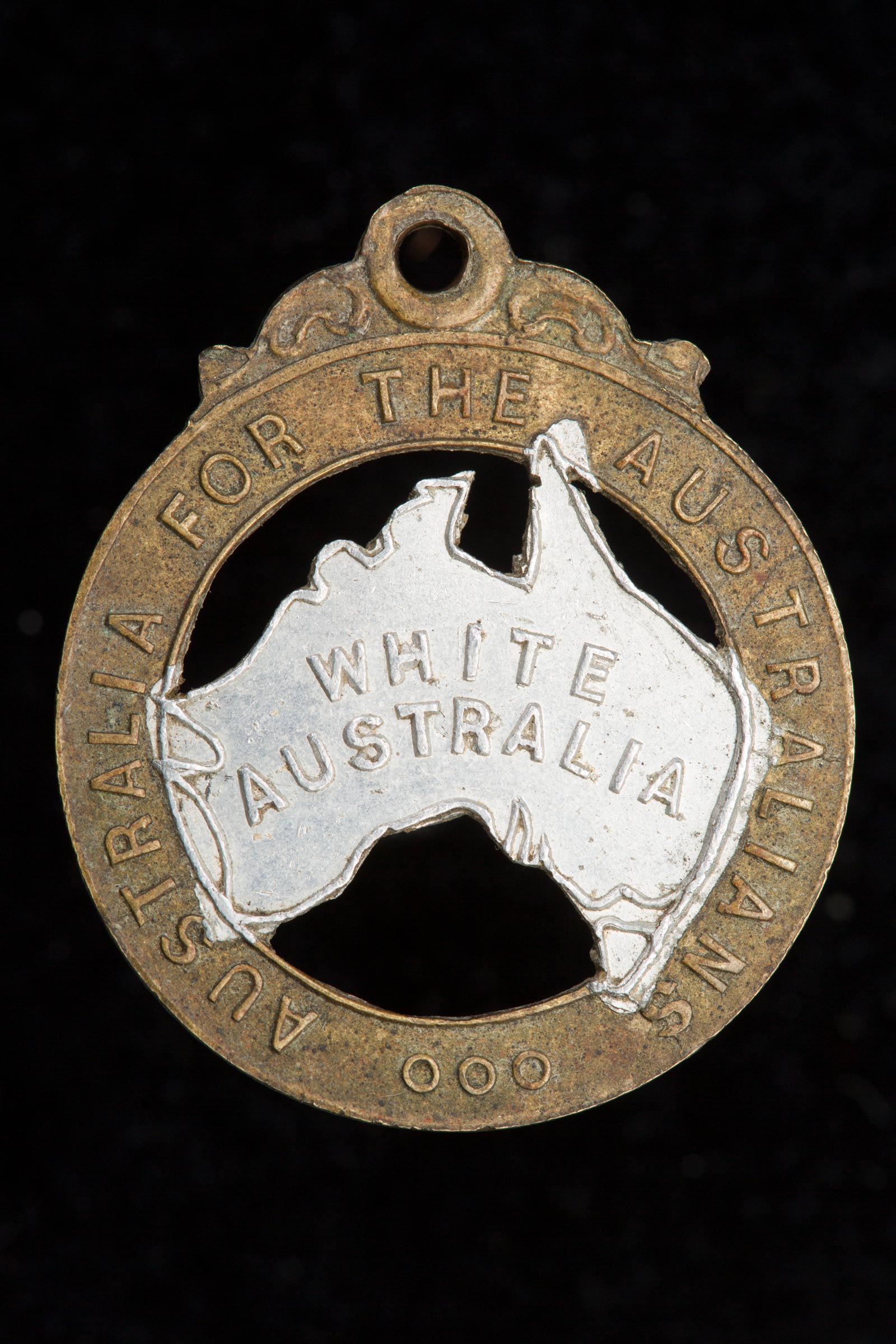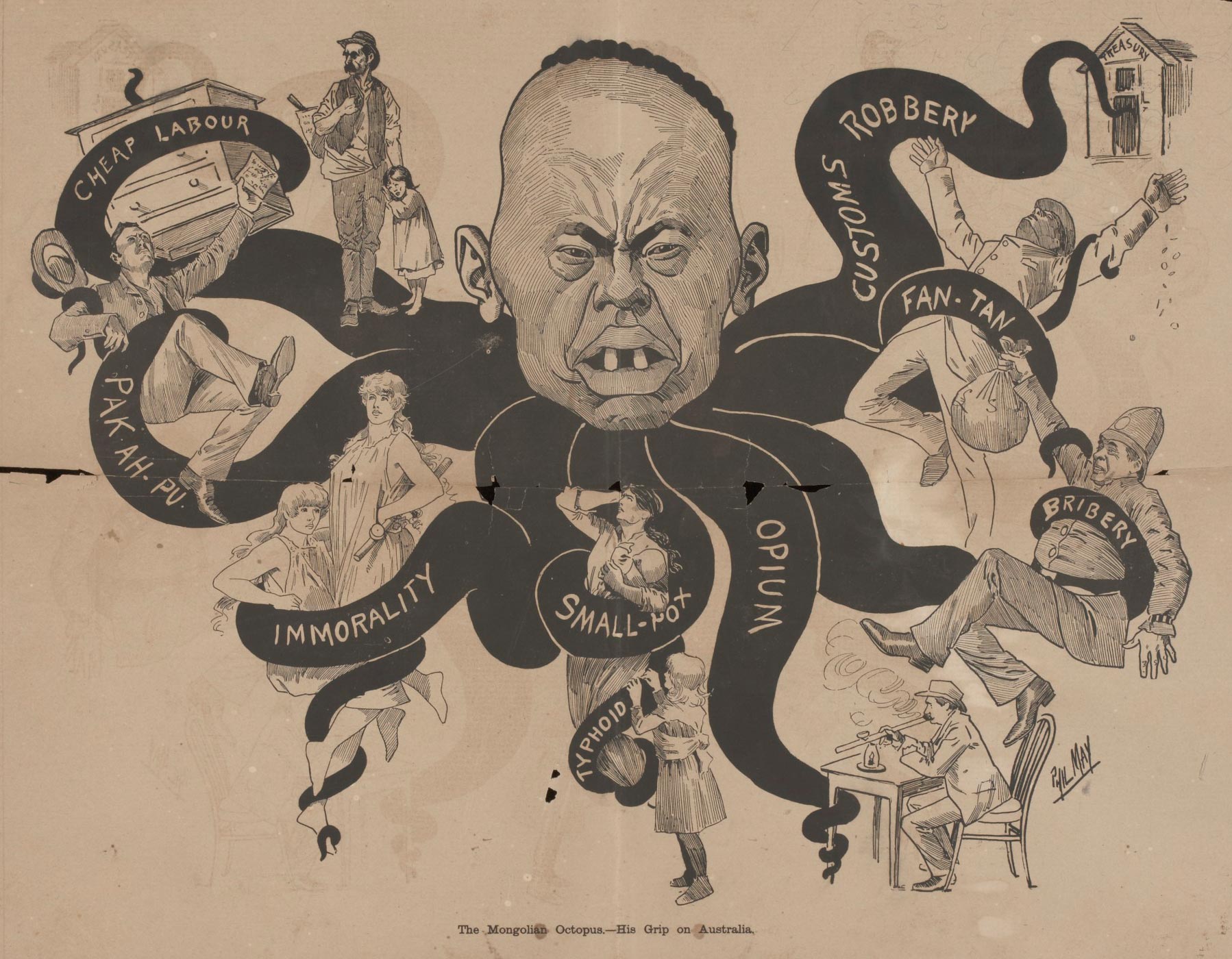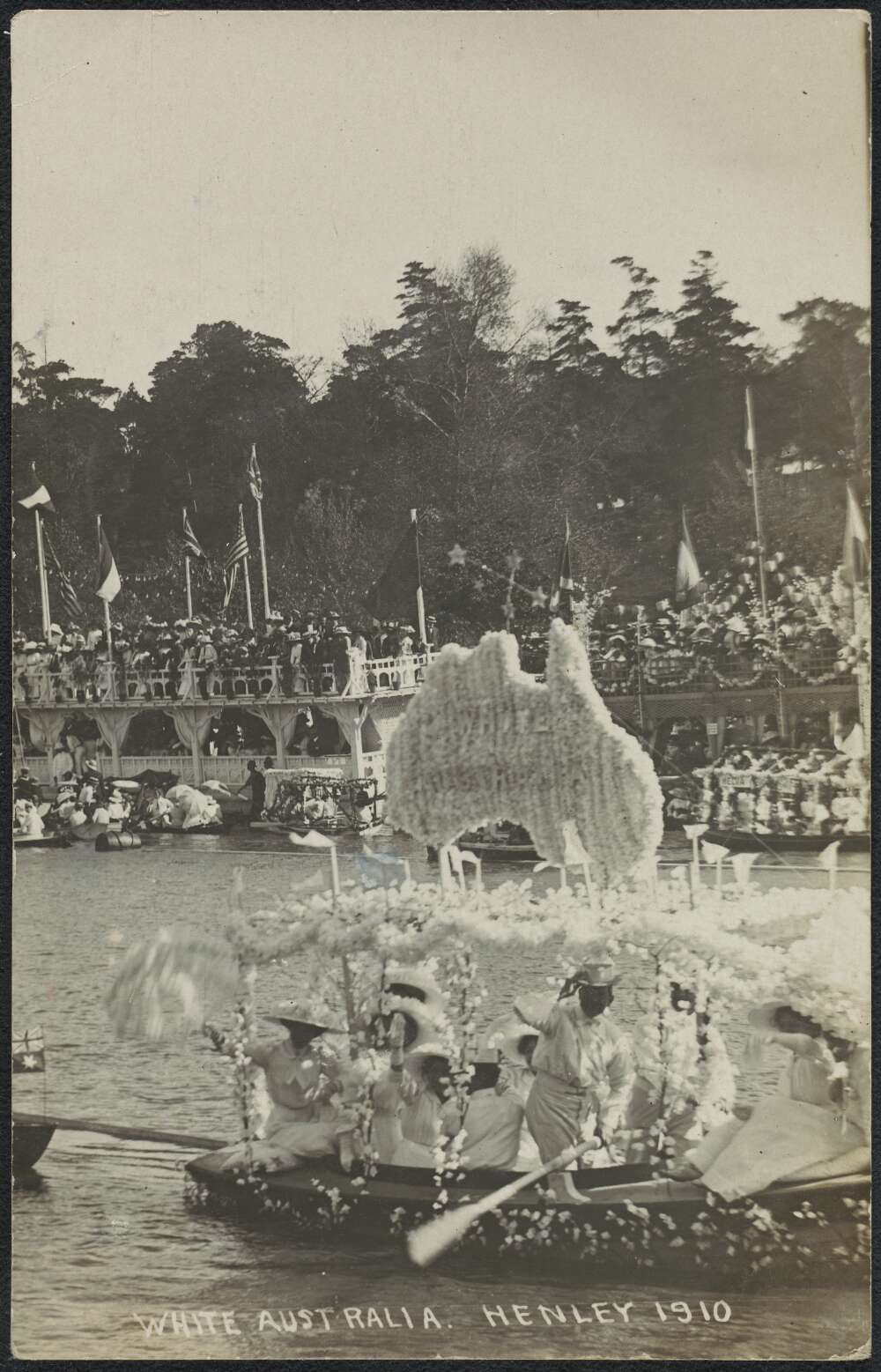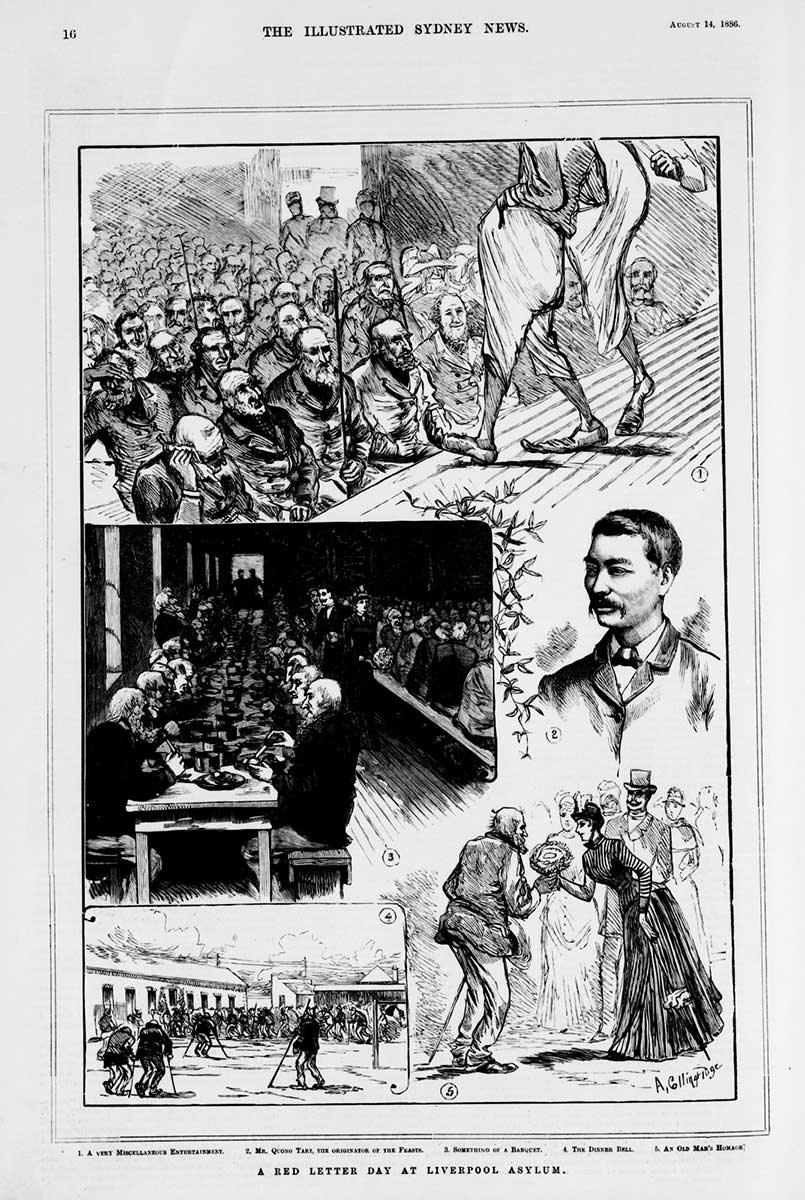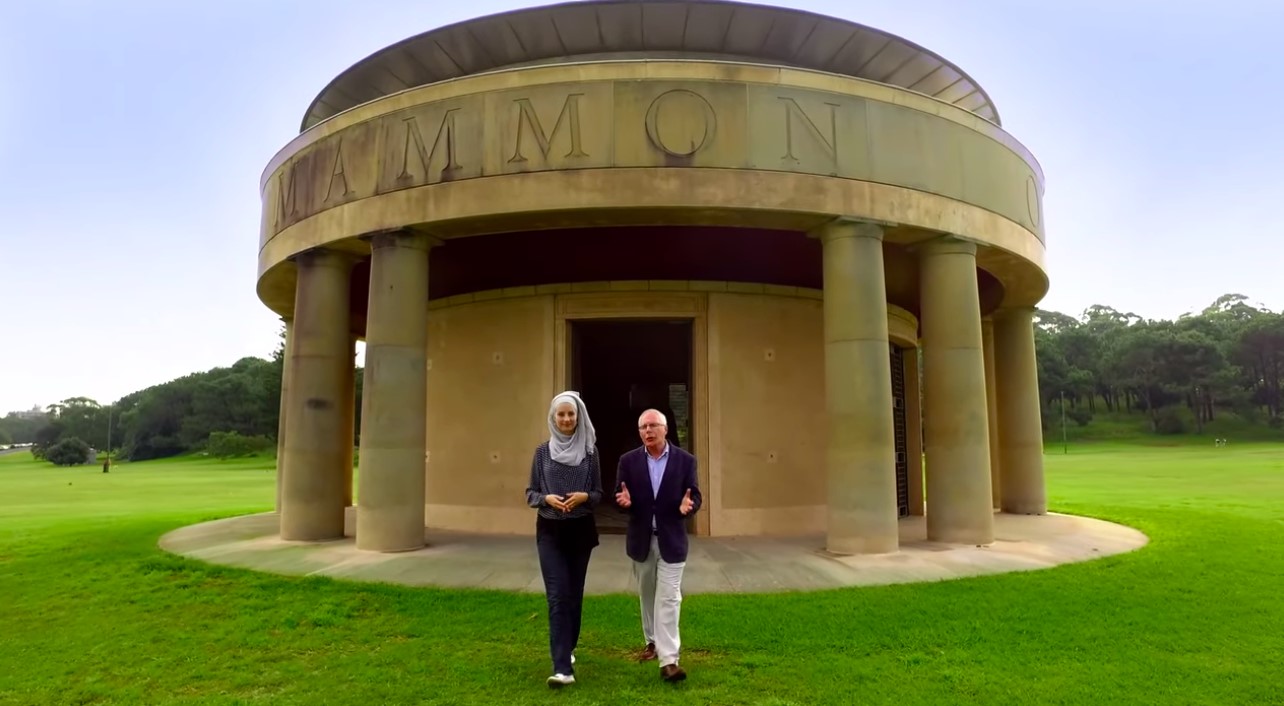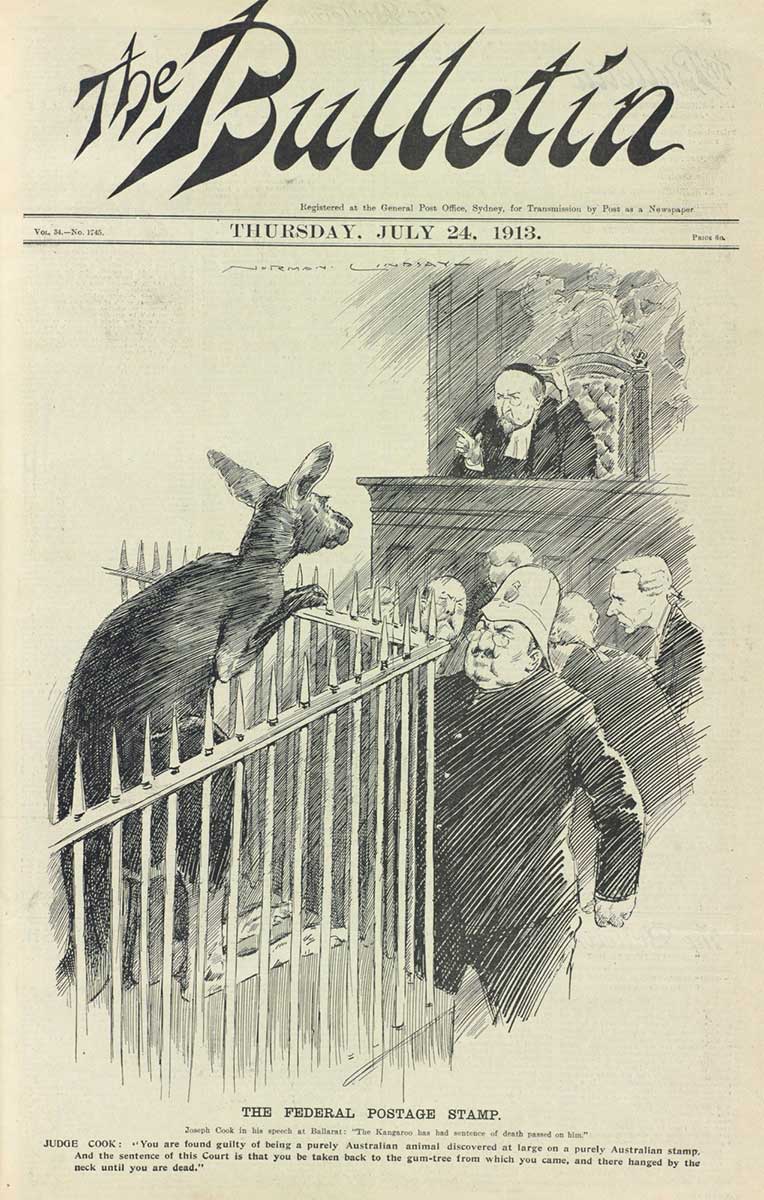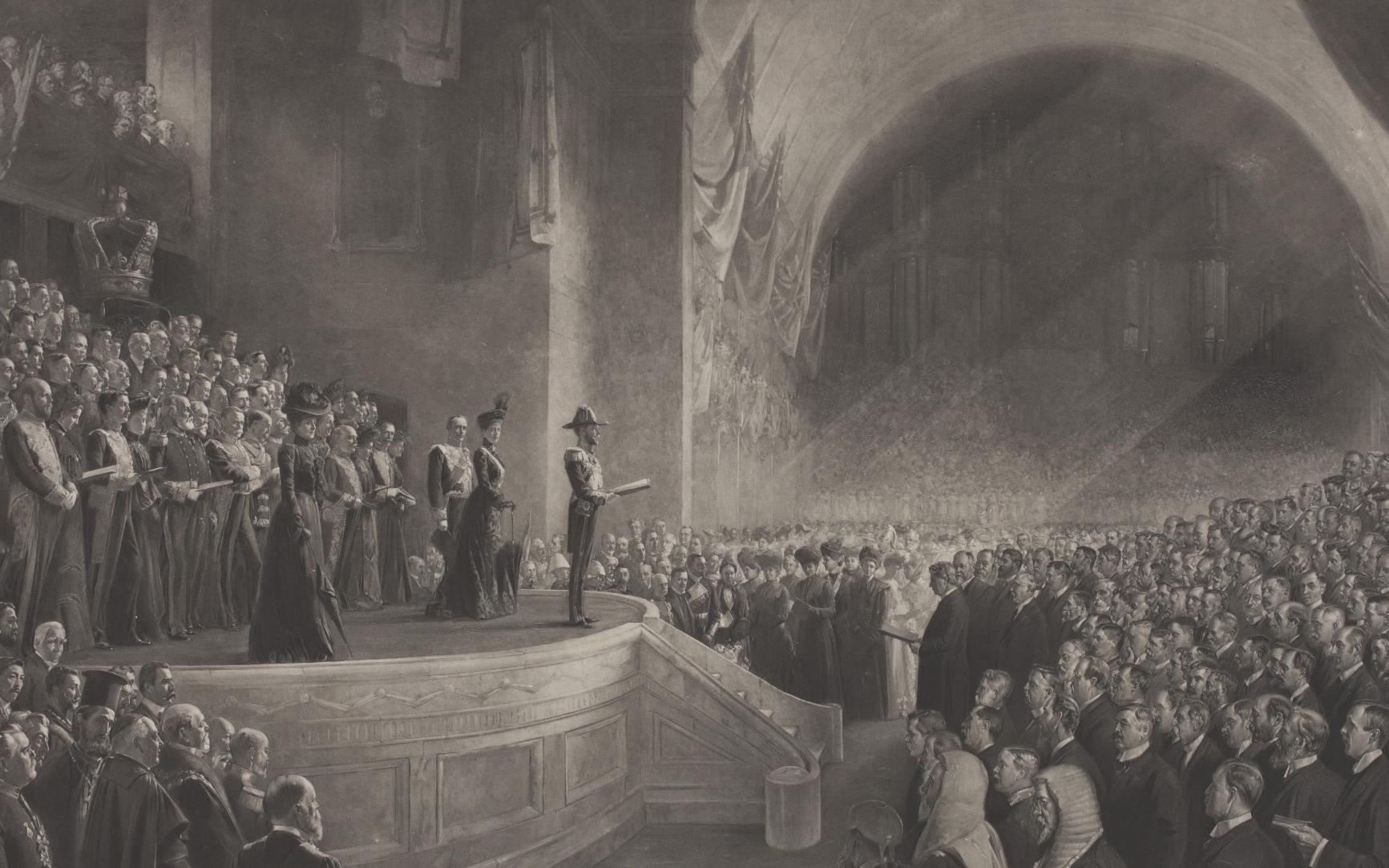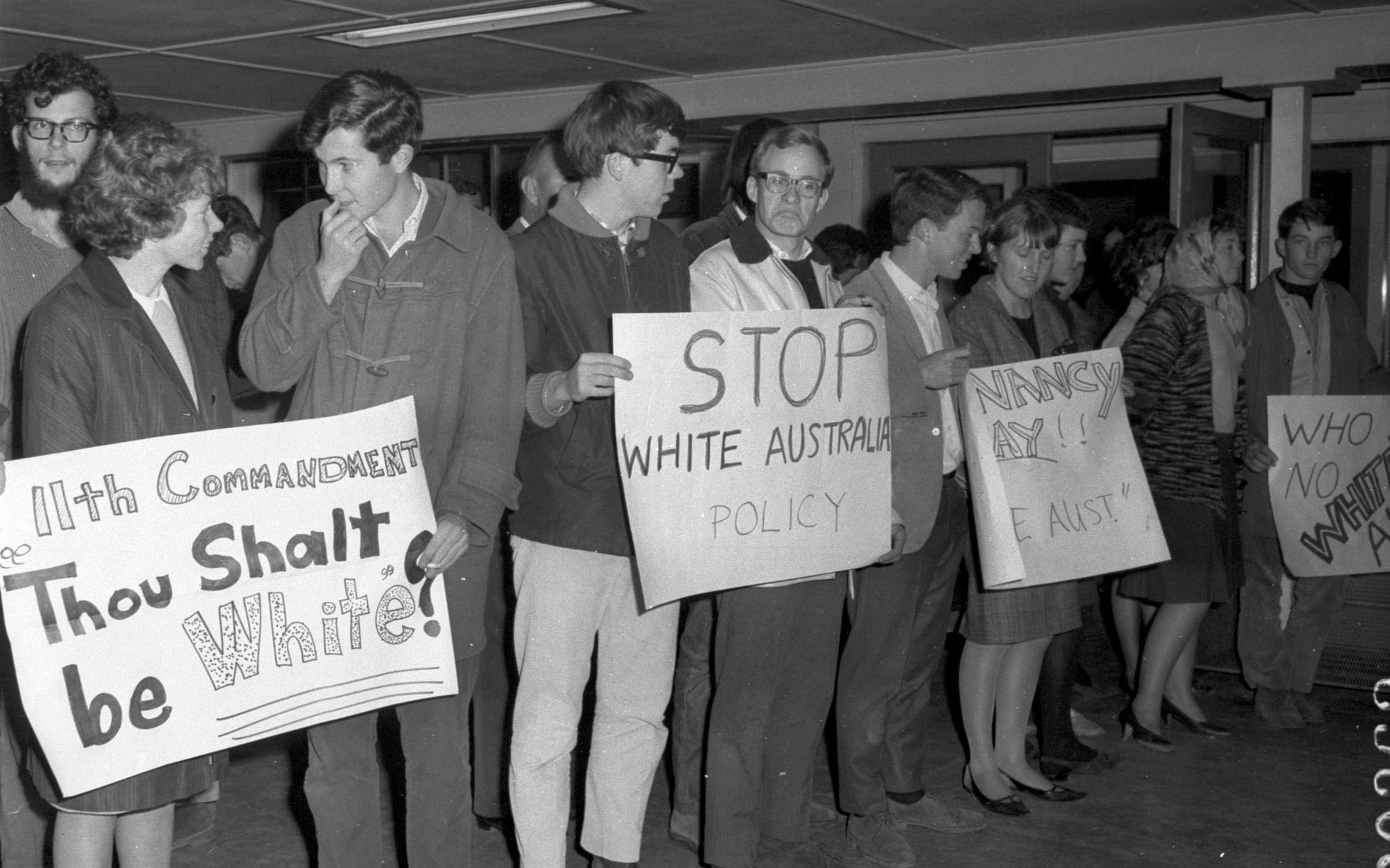‘Australia for the Australians’
1901: White Australia policy made into law
‘Australia for the Australians’
1901: White Australia policy made into law
In a snapshot
On 23 December 1901 the Immigration Restriction Act became law. It was one of the first laws passed by the new Australian federal parliament. The law was designed to allow British people to migrate to Australia and to limit all other migration. The colonies had restrictive immigration laws before federation, but the Act formalised the idea of a ‘White Australia’ as national policy. The policy lasted until the 1960s and was completely removed by the Racial Discrimination Act in 1975.
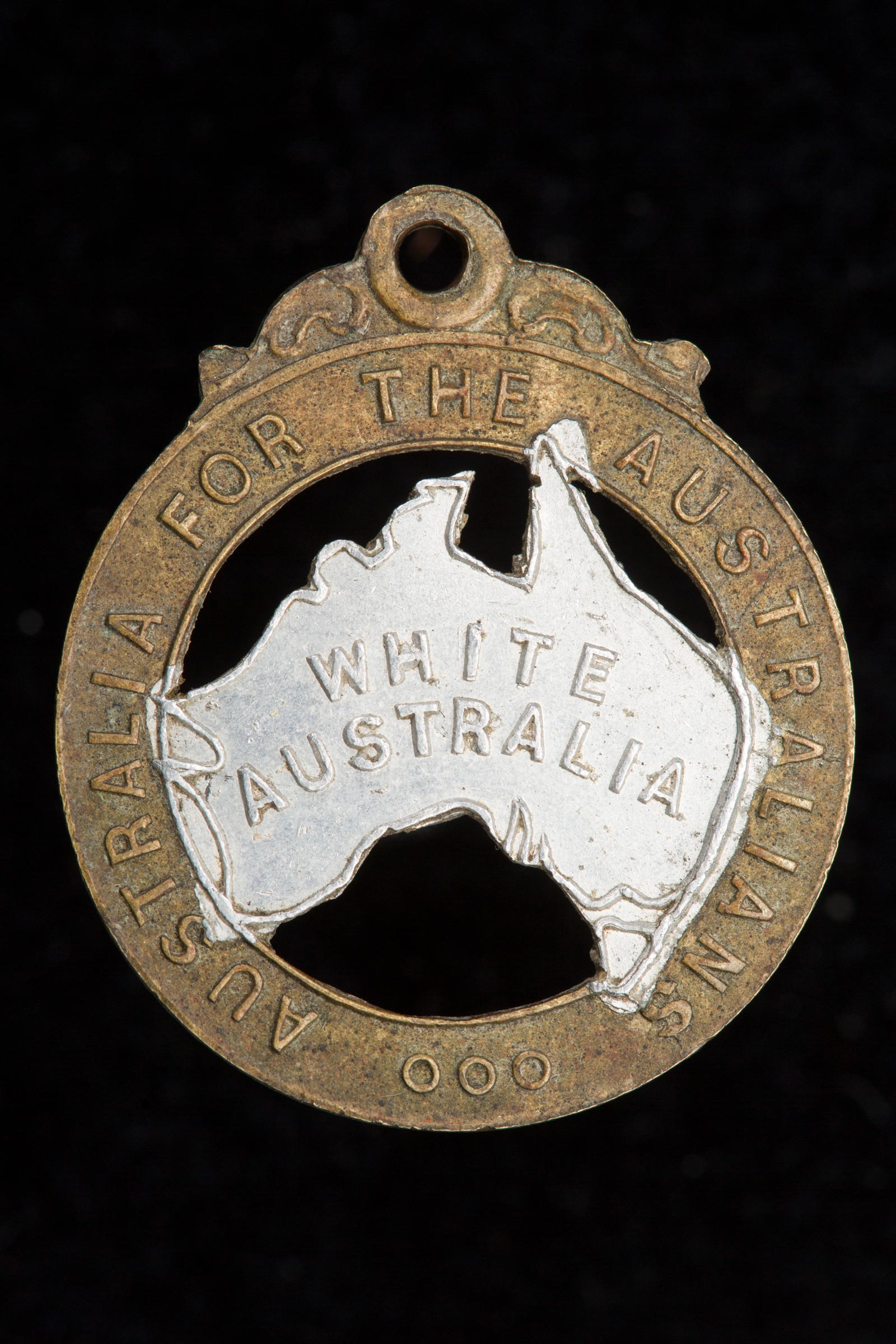
 Can you find out?
Can you find out?
1. What was the dictation test, and why was it made so hard to pass?
2. What reasons were given for passing laws to restrict immigration from 1901?
3. How long was the White Australia policy in place? Does this surprise you?
Why did some people want a ‘White Australia’?
In the 1800s most white people in Australia shared views that today we would call racist. They believed that non-white people were not as clever or as moral as white people. The people who held these views particularly feared Asian immigration, but applied their ideas to all non-white people, including Indigenous Australians, who they considered a ‘dying race’.
Australia saw itself as a working man’s paradise that promoted equal rights and opportunities. But these ideas only applied to ‘desirable’ citizens. The nation wanted to attract male, white and skilled workers. Non-white people, and even sometimes working women, were seen as a threat.
Because of these views, many of the colonies limited migration from many countries and encouraged the immigration of male, white and skilled labourers from Britain. Non-white immigration grew with the gold rushes in the 1850s and 1860s, and with the arrival of indentured Pacific Island labourers (known as ‘Kanakas’). A rise in non-white migration made many white Australians fearful. Migrants often worked for less pay or sold goods cheaper than white-owned businesses, leading to economic tensions on top of existing racism.
‘That end, put in plain and unequivocal terms … means the prohibition of all alien coloured immigration, and more, it means at the earliest time, by reasonable and just means, the deportation or reduction of the number of aliens now in our midst. The two things go hand in hand, and are the necessary complement of a single policy—the policy of securing a “white Australia”.’
What was the Immigration Restriction Act?
The Immigration Restriction Act came into law on 23 December 1901. Under the Act, new migrants had to sit a 50-word dictation test. Even if they passed the test in English, they could be made to sit the test again in different languages until they failed. White British migrants were not made to sit the test.
The test was really a way of stopping non-white migrants from entering Australia. Only 52 people passed the test between 1901 and 1909 (from 1359 tests) and no one passed after 1909.
In 1901 two more Acts limited migration to Australia. The Pacific Islanders Labourers Act 1901 outlawed imported labour and the Post and Telegraph Act 1901 banned non-white workers from transporting Australian mail.
Research task
Complete the dictation test on the Difference Differently website. Do you think you would pass a dictation test if it was given in another language (like Scottish Gaelic)?
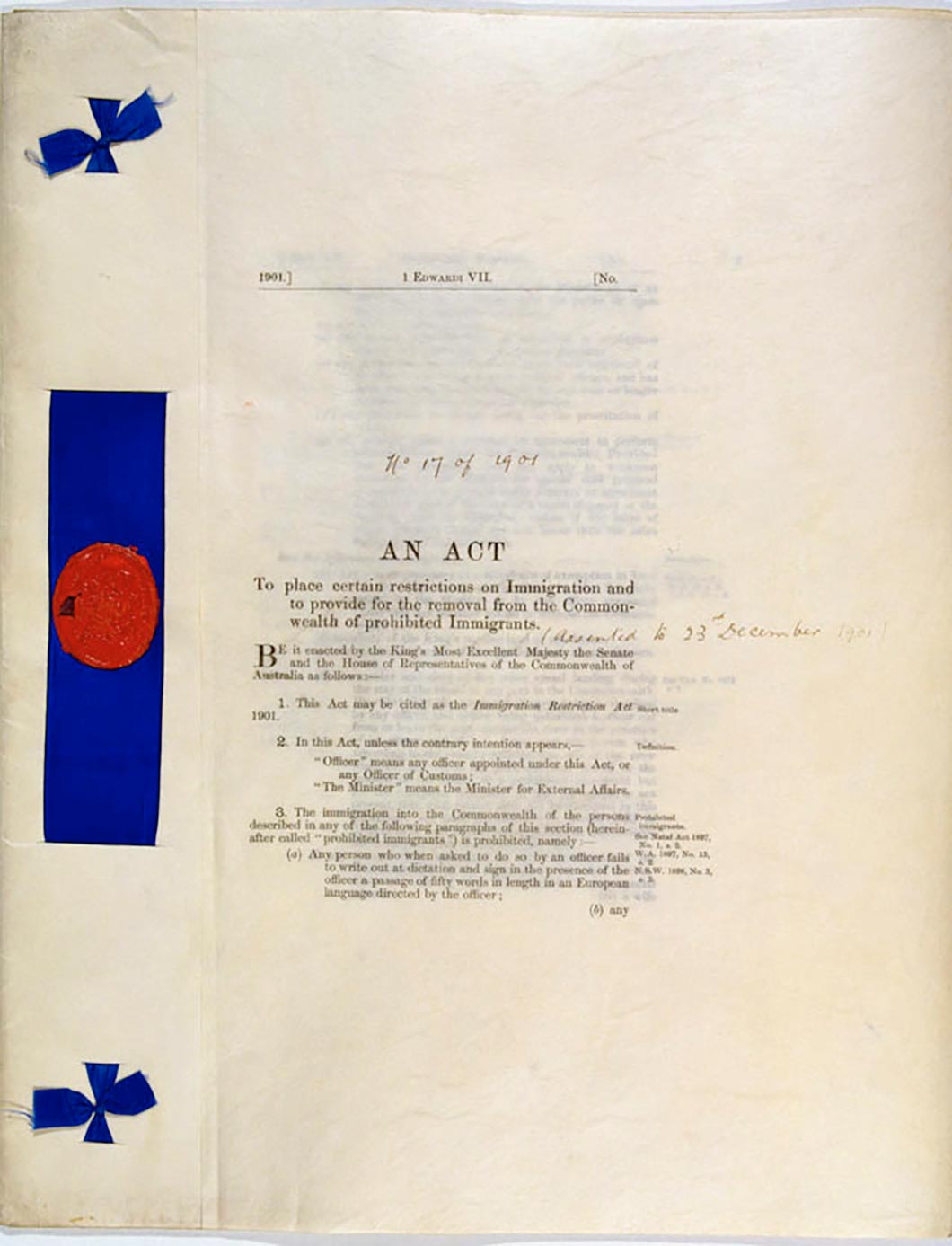
What was the effect of the White Australia policy?
The White Australia policy immediately changed Australia. By 1947 only 2.7 per cent of the population was born outside Australia, Ireland or the United Kingdom. Australia’s Asian population had shrunk from 1.25 per cent in 1901 to 0.21 per cent by the late 1940s.
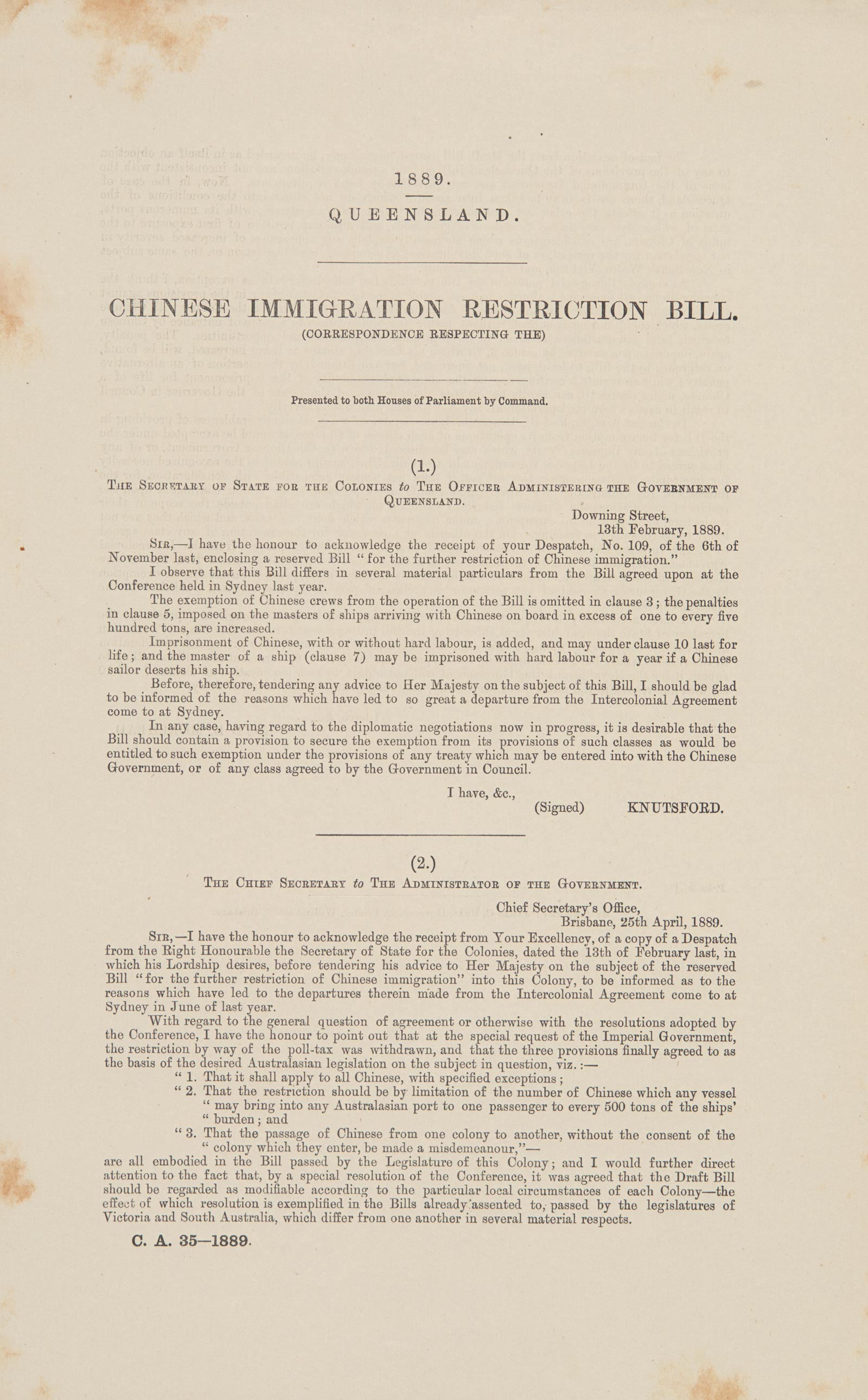
The federal government still wanted mostly white British migration after the Second World War ended in 1945. The Ten Pound Pom program brought large numbers of British migrants to Australia from the 1940s to 1960s. But, after 1945, Australia’s immigration minister Arthur Calwell began to relax the White Australia policy. The government now saw the policy as a threat to population growth. White Europeans from the Baltic region were allowed to migrate and then, eventually, migrants from other backgrounds.
The government of Prime Minister Harold Holt relaxed the policy in 1966. It was completely removed after the Whitlam Government passed the Racial Discrimination Act in 1975.
Read a longer version of this Defining Moment on the National Museum of Australia’s website.
 What did you learn?
What did you learn?
1. What was the dictation test, and why was it made so hard to pass?
2. What reasons were given for passing laws to restrict immigration from 1901?
3. How long was the White Australia policy in place? Does this surprise you?







